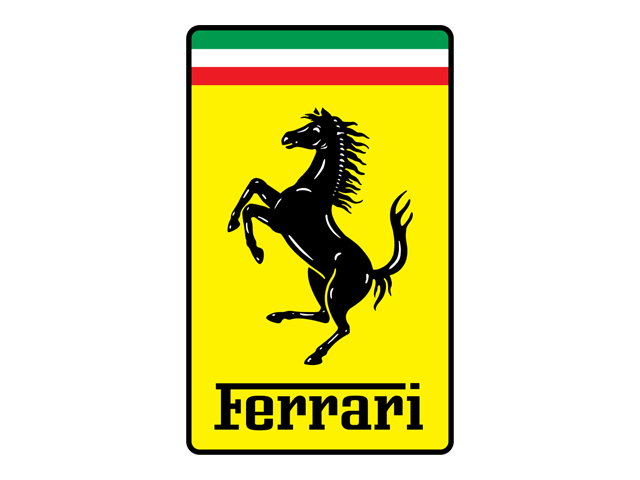1960 Ferrari 250GT Spyder California

The descriptions of the Classic Cars in the Directory were partly generated or supplemented with the help of artificial intelligence (AI). The content may occasionally not always be entirely accurate or factually correct despite careful checking.
The Ferrari 250 GT Spyder California 1960 is an iconic sports car that is highly sought after by car enthusiasts around the world. This vehicle represents the pinnacle of Ferrari's engineering prowess during the 1960s, and it continues to be a highly prized collectible today.
At the heart of the Ferrari 250 GT Spyder California 1960 is a powerful 3.0-liter V12 engine that is capable of producing up to 280 horsepower at 7,000 rpm. The engine features a single overhead camshaft, triple Weber carburetors, and a five-speed manual gearbox that delivers precise and responsive shifting. The powerplant is also equipped with a dry sump system that ensures consistent lubrication even under extreme driving conditions.
The 250 GT Spyder California 1960 boasts a lightweight and aerodynamically efficient body designed by Pininfarina, one of the world's leading car design firms. The body is made of aluminum panels that are hand-formed over a tubular steel frame, resulting in a highly rigid and lightweight structure. The car features a long hood, sweeping fenders, and a low-slung roofline that all contribute to its timeless and elegant appearance.
The suspension system of the Ferrari 250 GT Spyder California 1960 is also highly advanced for its time. It features independent front suspension with A-arms, coil springs, and hydraulic shock absorbers, while the rear suspension is a live axle setup with semi-elliptic leaf springs and hydraulic shock absorbers. The car also features four-wheel disc brakes, which provide excellent stopping power and superior control.
Inside the Ferrari 250 GT Spyder California 1960, the driver and passengers will experience a luxurious and comfortable environment. The interior features leather upholstery, a wood-rimmed steering wheel, and an array of gauges and controls that are all designed to provide easy access and intuitive operation. The car also features a soft-top roof that can be easily raised or lowered for open-air driving.
Overall, the Ferrari 250 GT Spyder California 1960 is a true masterpiece of automotive engineering and design. Its combination of powerful performance, lightweight construction, and timeless styling have made it a highly prized collector's item that will only increase in value over time. Whether you're an automotive enthusiast or a connoisseur of fine design, the Ferrari 250 GT Spyder California 1960 is a car that is sure to impress.
Milestones
- Introduced in 1957 as a convertible version of the 250GT Coupe - Featured a 3.0-liter V12 engine producing 280 horsepower - Attracted high-profile buyers such as James Coburn and Steve McQueen due to its unique blend of performance and style - Only 106 units were produced between 1957 and 1963, making it a rare and highly sought-after collector's car - Featured prominently in the 1986 film "Ferris Bueller's Day Off" as the car that the titular character and his friends joyride through Chicago - Continues to be a high-value collectible, with a 1960 example selling for $10.1 million at auction in 2015Technical
- Engine: 3.0 L Tipo 168/61 Colombo V12 - Power: 280 hp - Torque: 223 lb-ft - Top Speed: 240 km/h (149 mph) - Acceleration: 0-60 mph in 6.9 seconds - Transmission: four-speed manual - Wheelbase: 2,600 mm (102.4 in) - Length: 4,440 mm (174.8 in) - Width: 1,740 mm (68.5 in) - Height: 1,290 mm (50.8 in) - Weight: 1,200 kg (2,646 lb) - Suspension: Independent double wishbone front, live axle rear - Brakes: Four-wheel disc brakes - Steering: Worm and sector - Fuel Capacity: 96 liters (25.4 US gallons) - Production Years: 1957-1963 - Total Produced: 106 (around 50 were Spyder California models)



